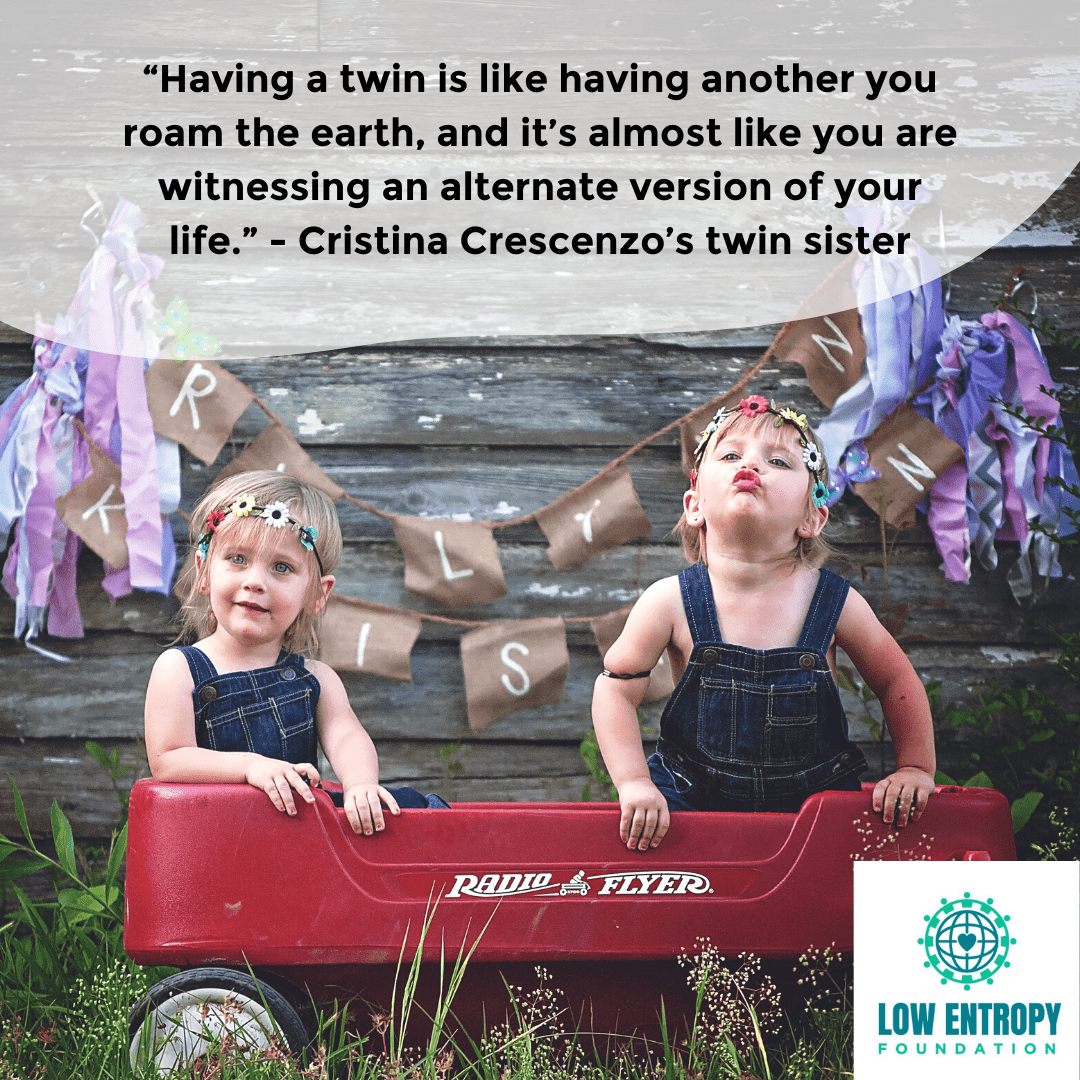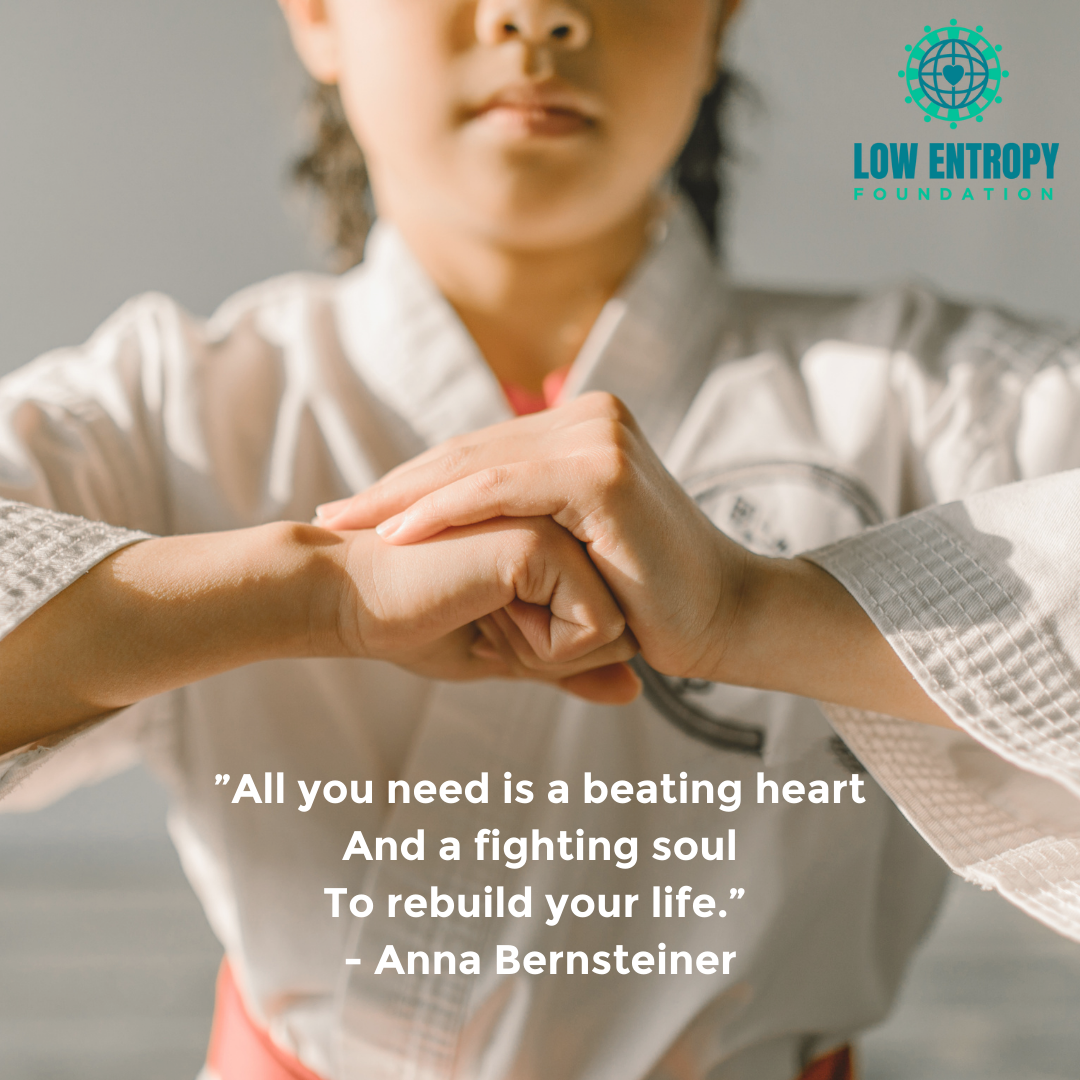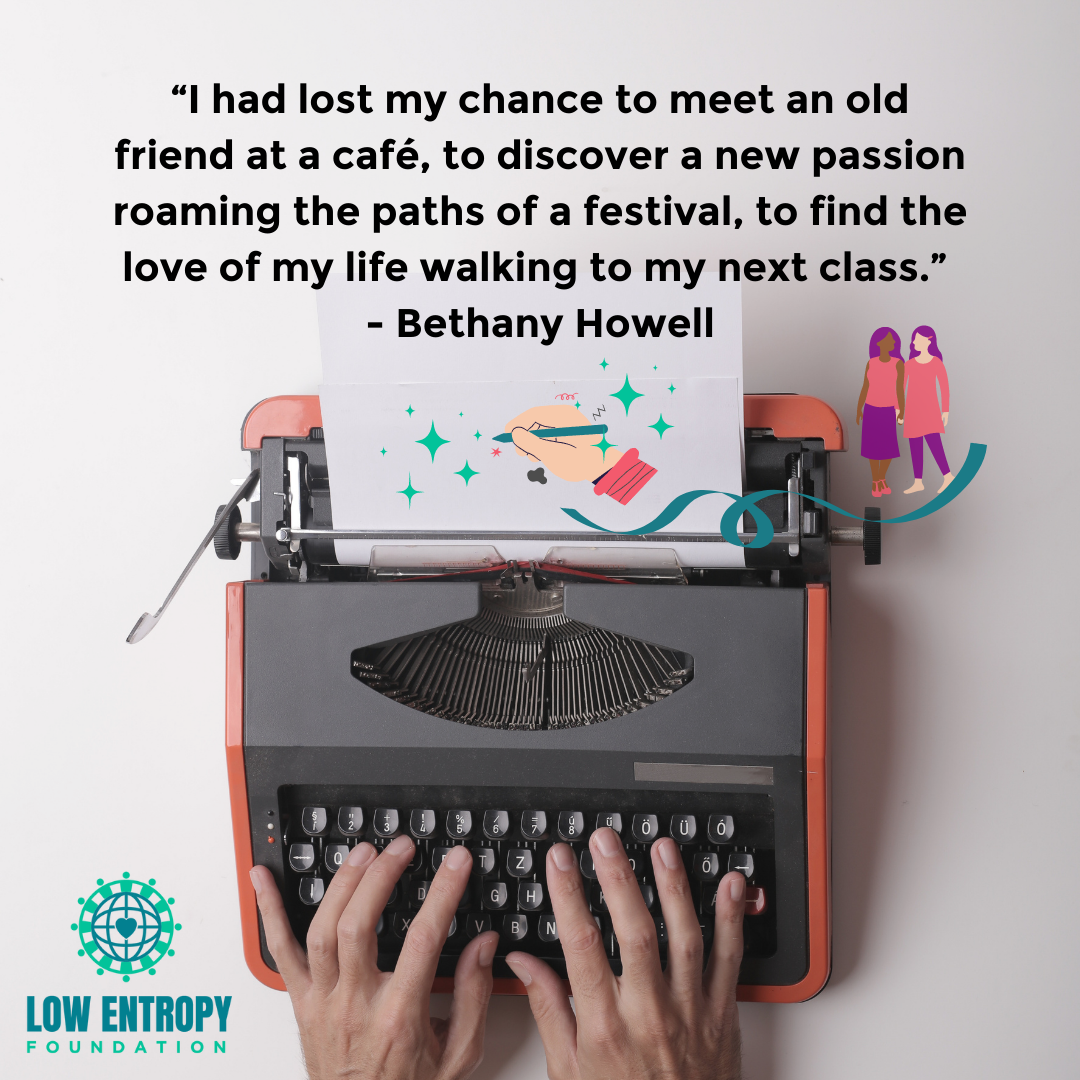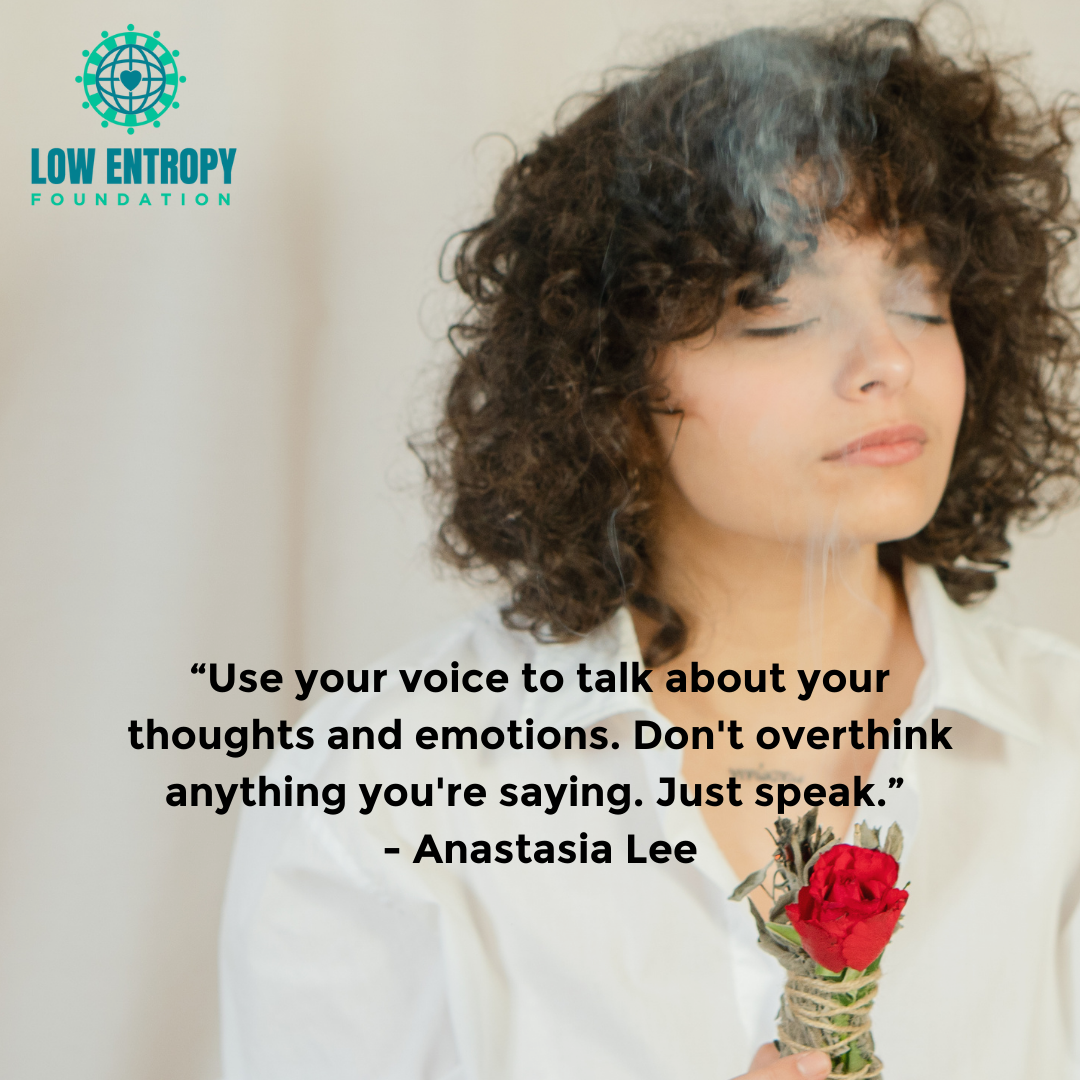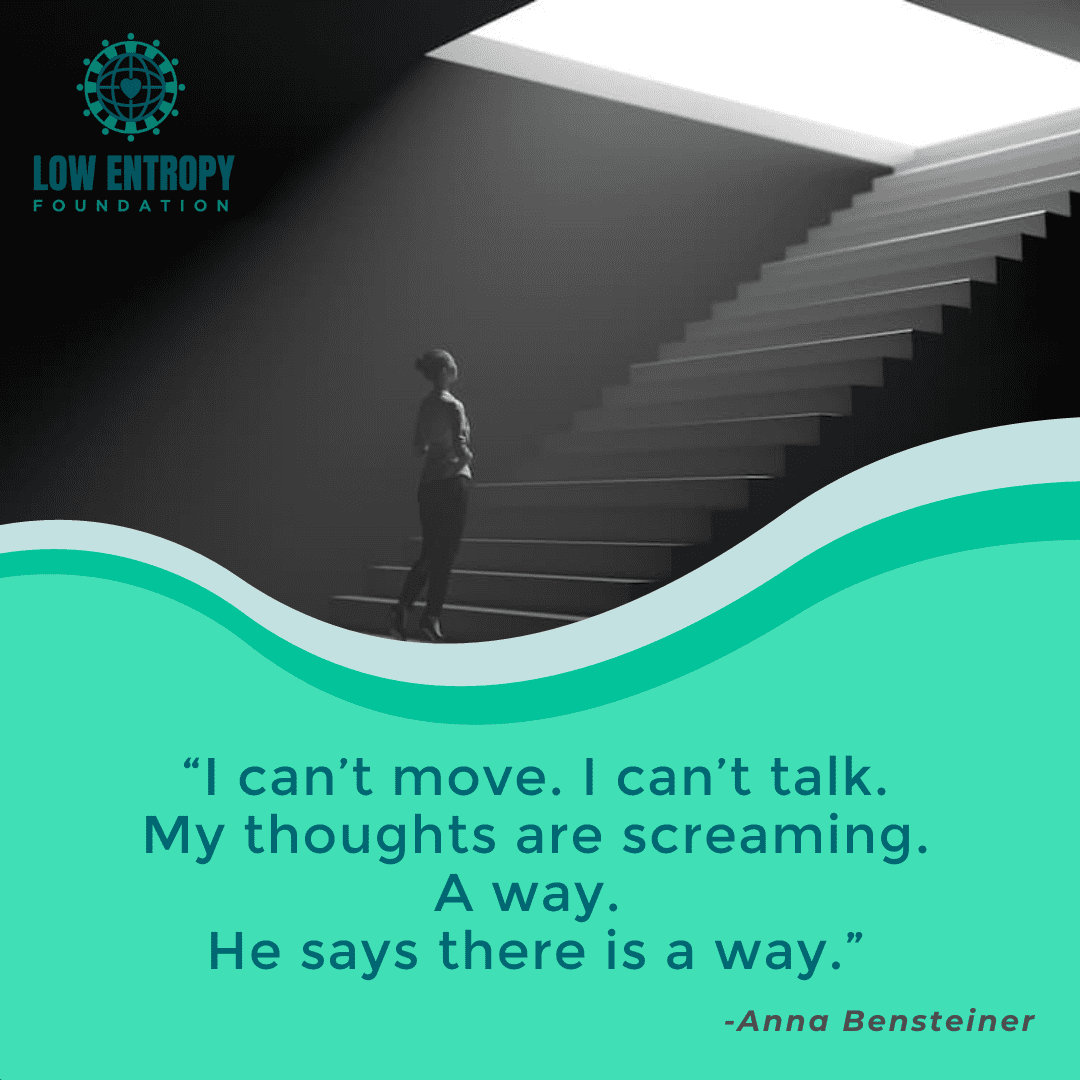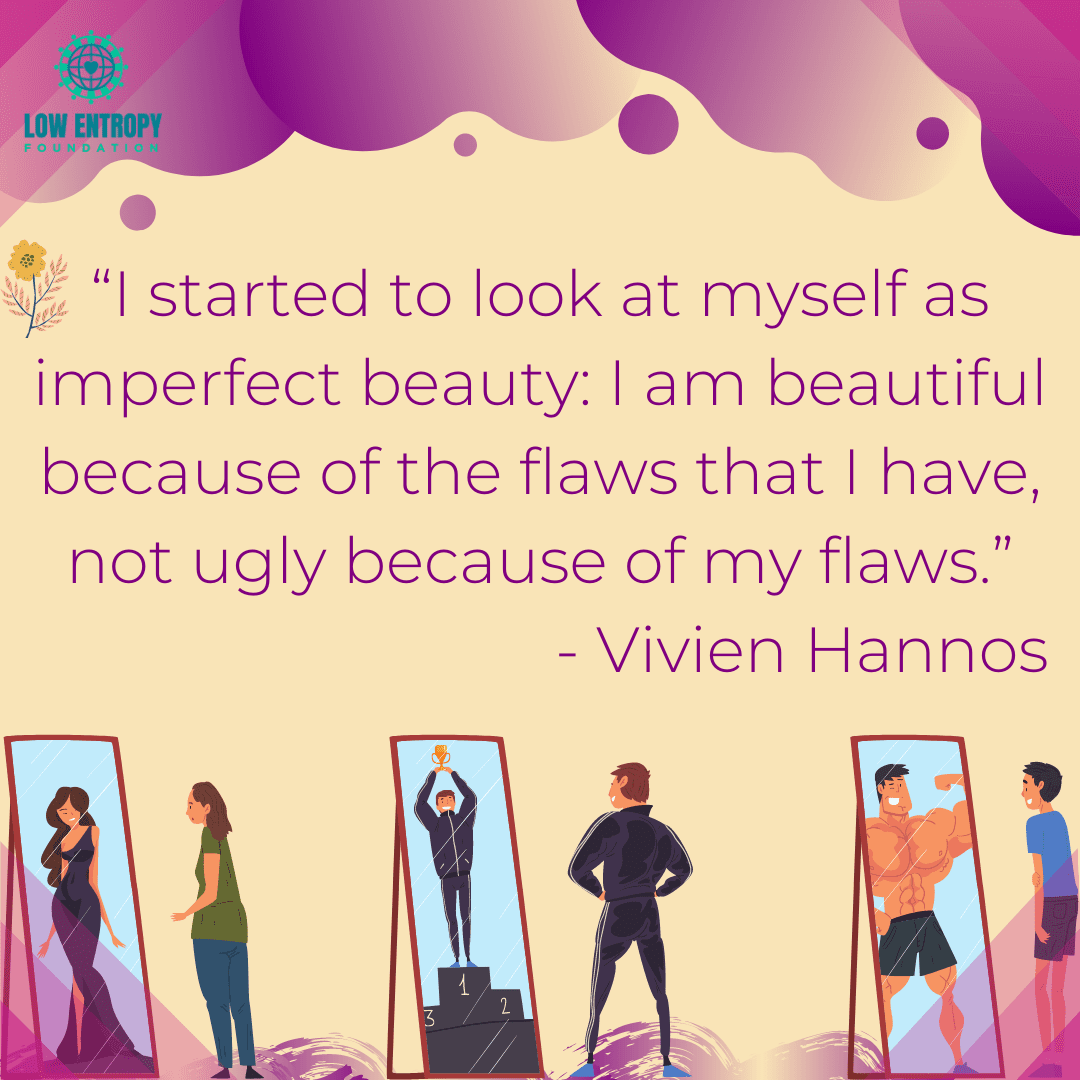Cristina Crescenzo (she/her/hers), Low Entropy Volunteer Writer
“What is it like being a twin?” is the question I get asked second-most often, after “What is it like being disabled while your sister is able-bodied?” Those questions are pretty loaded, so I just try to give the simplest answer I can: it’s not easy. From the moment you and your twin are brought into this world, you are labeled with the letters A and B, depending on which one of you made it out first. To most people, I am sure a simple hospital protocol like this wouldn’t seem like a big deal, but I took this label to heart and wore it on my sleeve, telling myself it was my fate to be second best. Looking back on my 21 years, I see it had nothing to do with my sister and more to do with my own insecurities that couldn’t help but be fostered as I struggled with daily life as a girl with cerebral palsy.
Being a twin felt like being in a constant competition, but it was one where I was only playing against myself. I also want to make it clear that my sister is the most important thing in my life, and I can say that because she doesn’t hold my resentments against me. She knows that my life has extra challenges that I didn’t ask for, so instead of fighting against me in this pointless race, she takes care of me and makes me want to become the best version of myself. However, I would be lying if I said that traces of jealousy don’t still linger. How could they not? My sister said to me once, “Having a twin is like having another you roam the earth, and it’s almost like you are witnessing an alternate version of your life.”
We may have the same face, but that doesn’t mean everything is bound to match. It is because of our different circumstances that we were given our own personalities and interests. Thus, the things we got to experience in life were not even close to being a mirror image. For instance, when my sister got to ride her bike, I was doing my weekly physiotherapy, and in high school while she was eating lunch with her friends, I was leaving school to go to counseling for my depression and anxiety. All in all there were some really good moments and some that were really bad. I was so happy growing up with a built-in best friend to hang out with and then,when we got older, I was really sad when I could no longer tag along with her. She had made her own friends. I couldn’t just steal them away and she was doing activities that my social anxiety found challenging.
In conclusion, I am still struggling with the same problems, like believing that she is better than me or that there are moments in life she will have that I feel can’t ever have, such as getting a boyfriend or driving a car. The important part is that I have learned to slowly quiet these thoughts of inadequacy, but it’s still a work in progress. I couldn’t say being a twin is hard for everyone, but I would hope that every twin learns to cherish the unbreakable bond they were blessed with, and just forget about the alphabet.
—
My name is Cristina Crescenzo and I am a 21 year old English major at Capilano University with hopes of eventually writing YA novels and spreading disability and mental health awareness.







